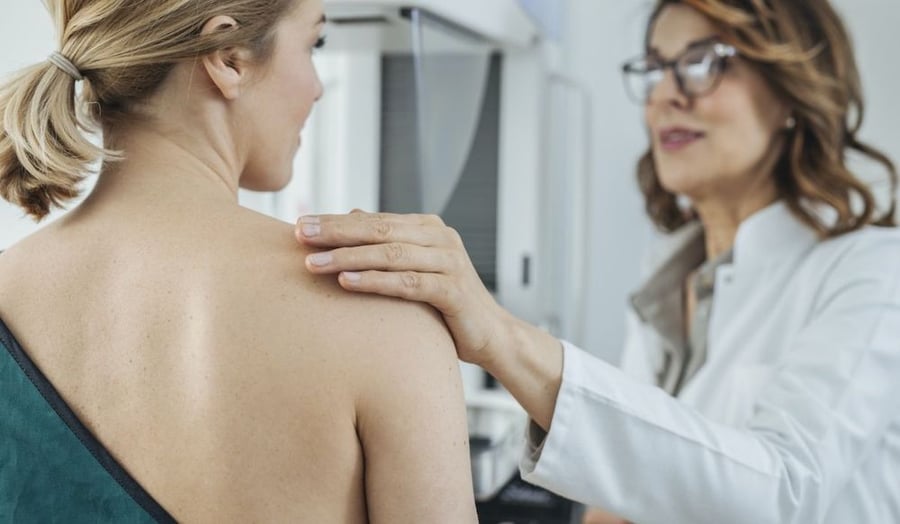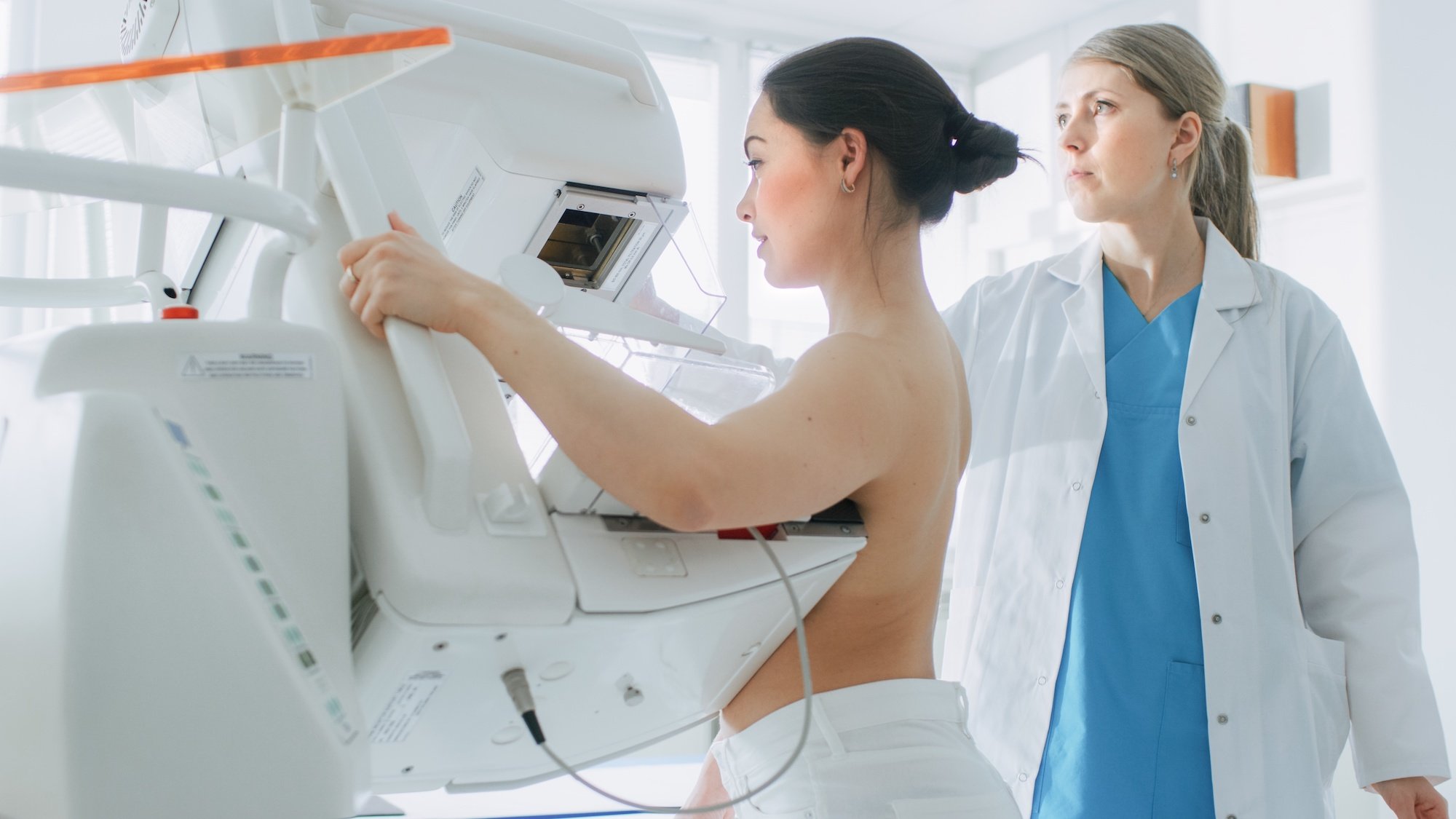Breast Cancer Signs and Symptoms
- Newly Diagnosed Patients
- Breast Cancer Specialists
- Signs & Symptoms
- Detection & Diagnosis
- Types
- Hormone Receptors
- Lymph Nodes
- Staging
- Medical Oncology Treatments
- Breast Surgical Oncology
- Breast Radiation
- Clinical Trials & Research
- Side Effects
- Reconstruction
- Genetics of Breast Cancer
- High-Risk Breast Clinic
What is the Most Common Symptom of Breast Cancer?
For most women, breast cancer symptoms aren't noticeable until the cancer has grown large enough to be felt. The most common sign of breast cancer is a lump or mass. It's usually hard, painless and has uneven edges. Some lumps, however, can be soft and rounded. We recommend you contact your physician – a primary care doctor or a gynecologist – if you find a lump so it can be evaluated. Not all lumps are cancerous, so try not to panic. Finding out as quickly as possible can ease your mind. And if it is cancer, you’ll be that much closer to recovery.
Are there Other Symptoms of Breast Cancer Besides a Lump?
Additional warning signs and symptoms of breast cancer can be detectable – if you know what to look for. If you notice one or more of these or anything out of the ordinary, you should schedule an appointment as soon as possible with your doctor.
- Warm, red, irritated and/or itchy breasts. These are among the most common early warning signs of inflammatory breast cancer.
- Scaliness. Healthy breast skin is smooth. If yours is scaly or inflamed, that's a red flag.
- Nipple discharge. With the exception of breast milk that may leak from breasts during or after pregnancy, any nipple discharge should be examined by a doctor. A clear or bloody discharge may indicate that cancer is present.
- Flat or inverted nipple. Some women have naturally inverted nipples. However, if you begin experiencing unusual nipple retraction, or they begin turning inward, have it checked by a doctor.
- Change in breast size or shape. Several women have one breast that's larger than the other, which is completely normal. However, any new change in breast size or shape – especially in just one breast – can be an indication of cancer.
- Changes in skin texture. Rashes and/or puckering or dimpling on the breast could be a sign of breast cancer. Skin changes related to breast cancer may resemble the rough skin of an orange peel.
- Lump or swelling around breast, collarbone, or armpit. Swelling or lumps in the areas surrounding your breasts can be caused by breast cancer that has spread to lymph nodes. You may see this before you can feel a lump in your breast.
What's Normal?
Understanding what breast changes are typically considered normal is just as important as understanding the red flags that could indicate breast cancer. Periodic breast pain, tenderness, and heaviness are common throughout a woman’s menstrual cycle. If you experience these feelings in both breasts and are menstruating or about to begin your cycle, these symptoms are most likely the result of normal, monthly hormonal changes in your body.
When to Get Checked for Breast Cancer
Early detection of breast cancer is key. This means starting regular mammograms to screen for breast cancer. Mammograms can find breast cancer well before you notice any symptoms. And the sooner breast cancer is found, the easier it is to treat.
Mammograms effectively detect 84% of breast cancers; so when you're given a clean bill of health you can set your mind at ease. If your mammogram detects a suspicious mass, you will likely need further evaluation so a diagnosis can be made.
If cancer is found after a biopsy you'll be seen by a breast cancer specialist and breast cancer surgeon. Compass Oncology offers specialized care for breast cancer patients in the Portland, OR, and Vancouver, WA areas.


